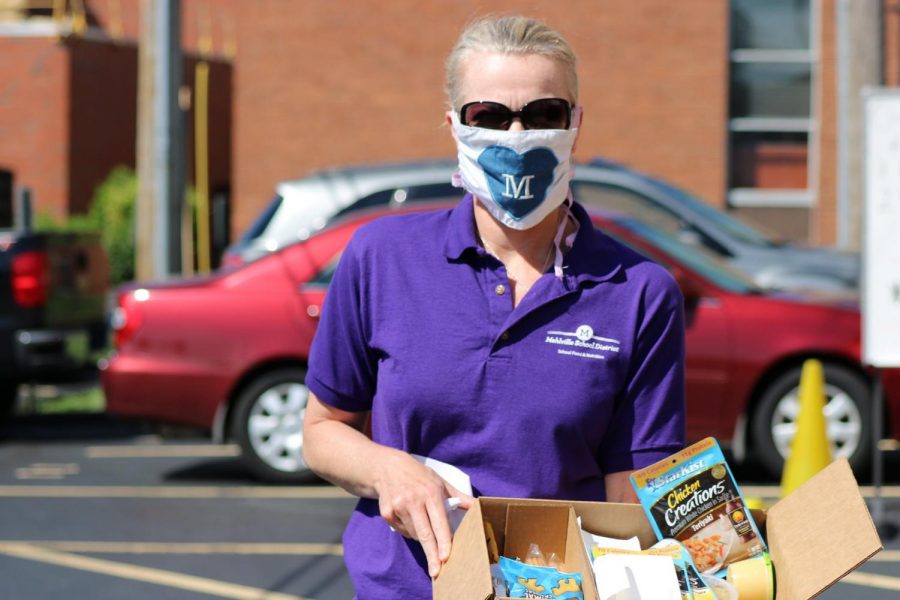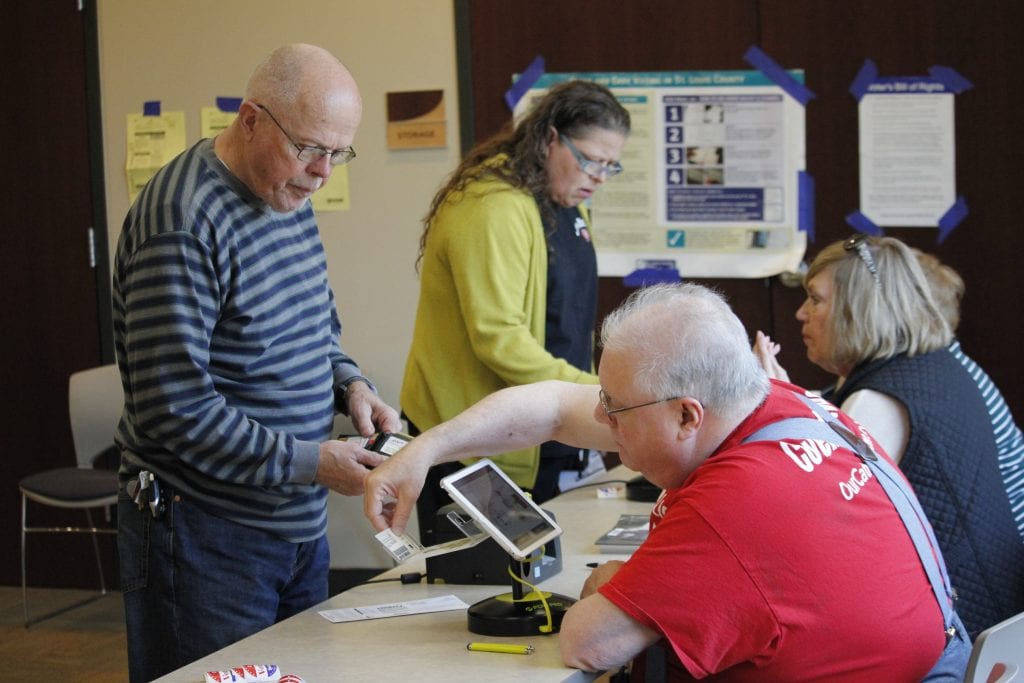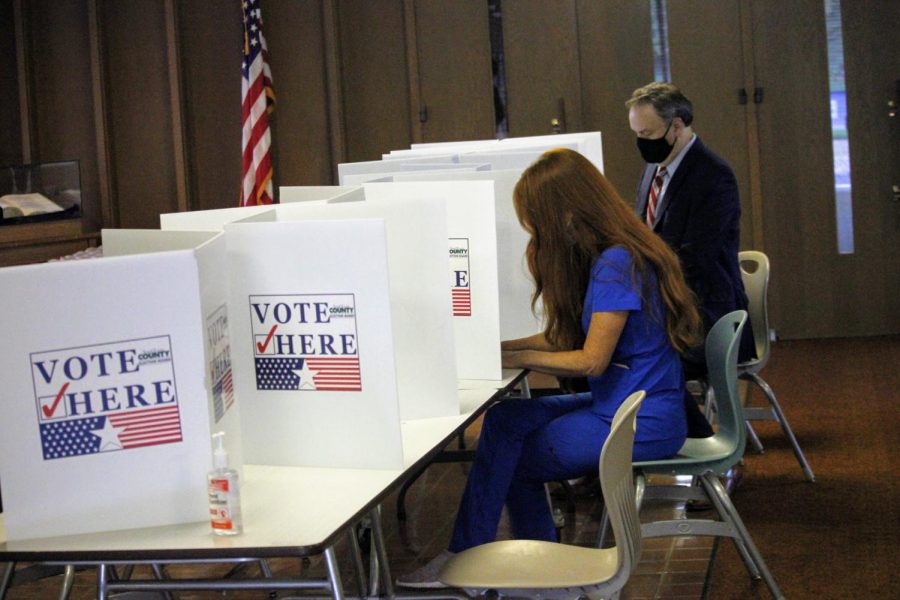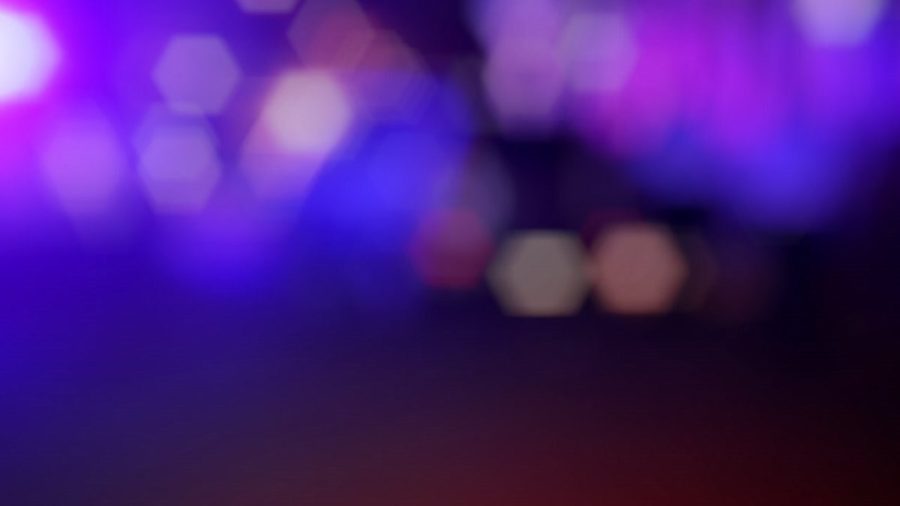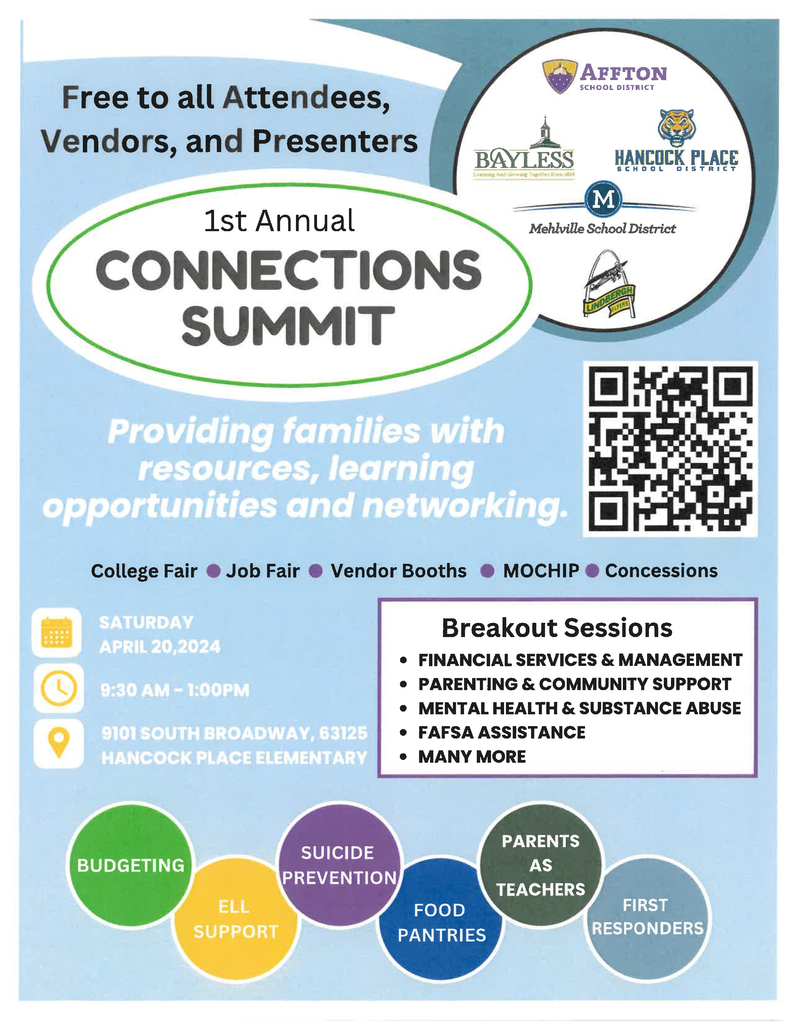As Missouri experiences its highest number of positive COVID-19 cases yet, several counties and municipalities have begun encouraging or requiring people to wear masks when going out into the community.
Columbia, a city that passed a mandatory mask order July 6, specifies in the city ordinance that “a face mask may be factory-made, or may be handmade and improvised from ordinary household materials.”
Clay, Jackson, Johnson and St. Louis County have all adopted mandatory mask orders that take effect in July, in addition to Columbia, Kansas City and St. Louis City. The mask orders went into effect July 3 in St. Louis County and St. Louis City.
Currently, the U.S. Centers for Disease Control and Prevention (CDC) and the World Health Organization (WHO) both recommend the general public wear cloth face coverings.
If you’re experiencing symptoms or think you might have COVID-19, do not visit public spaces. But if you need to, wearing a face covering or mask can greatly reduce the spread of COVID-19.
Why should I wear a mask?
The latest prediction from the Institute of Health Metrics and Evaluation suggests that 33,000 deaths could be avoided by October if 95 percent of people wear masks in public.
Face coverings help prevent respiratory droplets from traveling through the air and onto others when the person wearing the mask coughs, sneezes, talks or raises their voice, according to the CDC.
It’s important to cover up because even if you aren’t feeling sick, you could still be transmitting the virus. COVID-19 spreads through these respiratory droplets, often from people who haven’t started experiencing symptoms yet.
A 2020 study found that the droplets can “remain infectious in indoor air for hours, and be easily inhaled deep into the lungs.”
Although cloth face coverings aren’t 100-percent effective as a barrier, “a mask has been shown to reduce the risk of spreading COVID-19 to other people when social distancing of 6 feet cannot be maintained,” said Lynelle Phillips, a University of Missouri-Columbia nursing specialist in communicable diseases.
Who should wear a mask?
The CDC recommends people wear face coverings in public and when around others who don’t live in a single household, especially when other social distancing measures are hard to maintain.
There are some exceptions to the rule, such as children younger than 2 years old, anyone who has trouble breathing and people with certain disabilities.
For those who are not able to wear a face covering, the CDC recommends a few adaptations and alternatives in addition to taking other preventative measures, which include social distancing, frequent hand washing and disinfecting high-touch surfaces.
What type of mask should I wear?
The CDC and WHO recommend the public wear cloth face coverings, not surgical masks or N95 respirators.
“Those are critical medical supplies that should be reserved for health care workers and first responders,” according to the CDC.
If you’re able, use a cloth face covering unless your job specifies otherwise. If you don’t have access to a mask, you can easily make one at home.
Though the CDC recommends reserving medical masks for medical professionals, Phillips still emphasized “masks are better than no masks, no matter what they are made of. Just wear a mask.”
How effective are masks?
It’s important to note: Cloth face coverings will not guarantee you won’t inhale the virus; rather, they can help stop you from spreading it. Not everyone who has COVID-19 shows symptoms, so wearing a face covering is an added precaution to limit community spread of the virus.
A recent National Institutes of Health study concluded that “wearing any kind of cloth mouth cover in public by every person, as well as strict adherence to social distancing and handwashing, could significantly decrease the transmission rate and thereby contain the pandemic until a vaccine becomes available.”
How do I safely put on a mask?
The CDC has a list of steps to properly put on a mask or face covering:
- Wash your hands before putting on your face covering.
- Put it over your nose and mouth and secure it under your chin.
- Try to fit it snugly against the sides of your face.
- Make sure you can breathe easily.
Don’t pull the mask around your neck or up on your forehead. Don’t touch the face covering, and, if you do, wash your hands as soon as you can.
How do I keep my mask clean?
A group of Stanford researchers makes the following recommendations:
- “Treat your mask like your toothbrush. Don’t share it with anyone, and keep it in a plastic Ziploc bag when not in use,” said Larry Chu, a Stanford professor of anesthesia and director of the Anesthesia Informatics and Media Laboratory.
- When you remove the mask from your face, hold it only by the ear loops or ties so you don’t spread germs.
- Always wash your hands after touching the mask.
You should also wash your cloth face covering in the washing machine after each use.
Other precautionary tips to remember
Finally, the CDC has emphasized the following:
- “Stay at least 6 feet away from others.
- Avoid contact with people who are sick.
- Wash your hands often, with soap and water, for at least 20 seconds each time.
- Use hand sanitizer if soap and water are not available.”
This story was produced by the Missouri Information Corps, a project of the Missouri School of Journalism. Have tips? Email: moinformationcorps@

















